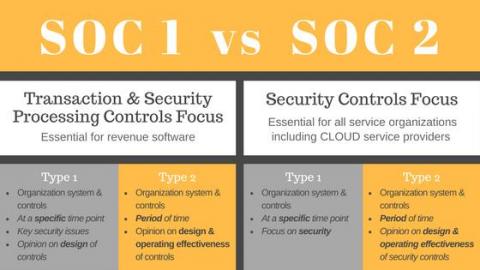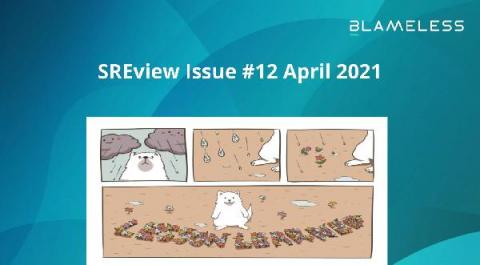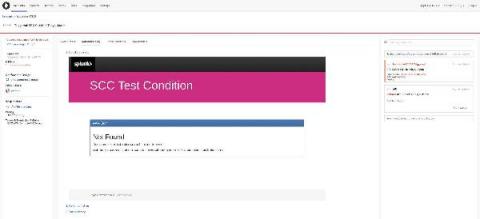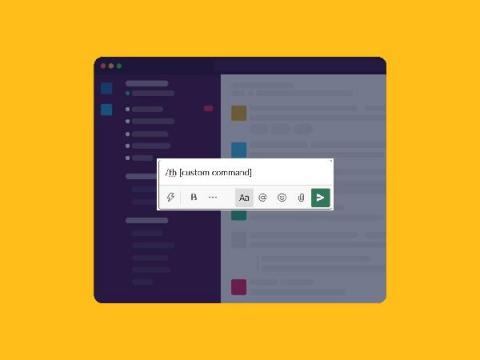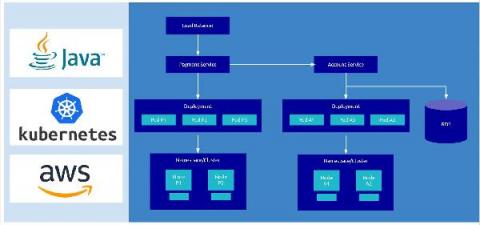SOC 1 or SOC 2, which should you comply with and why?
Organizations today are more vulnerable than ever to cyberattacks and data breaches. Whether the attack is executed by an external actor or an insider, the unauthorized intrusion comes at a great cost. This cost may differ, depending on several factors. These include the cause of the breach, the actions taken to remediate the incident, whether there is a history of data infringements, what data was compromised, and how the organization aligned with the authorities and regulators.


